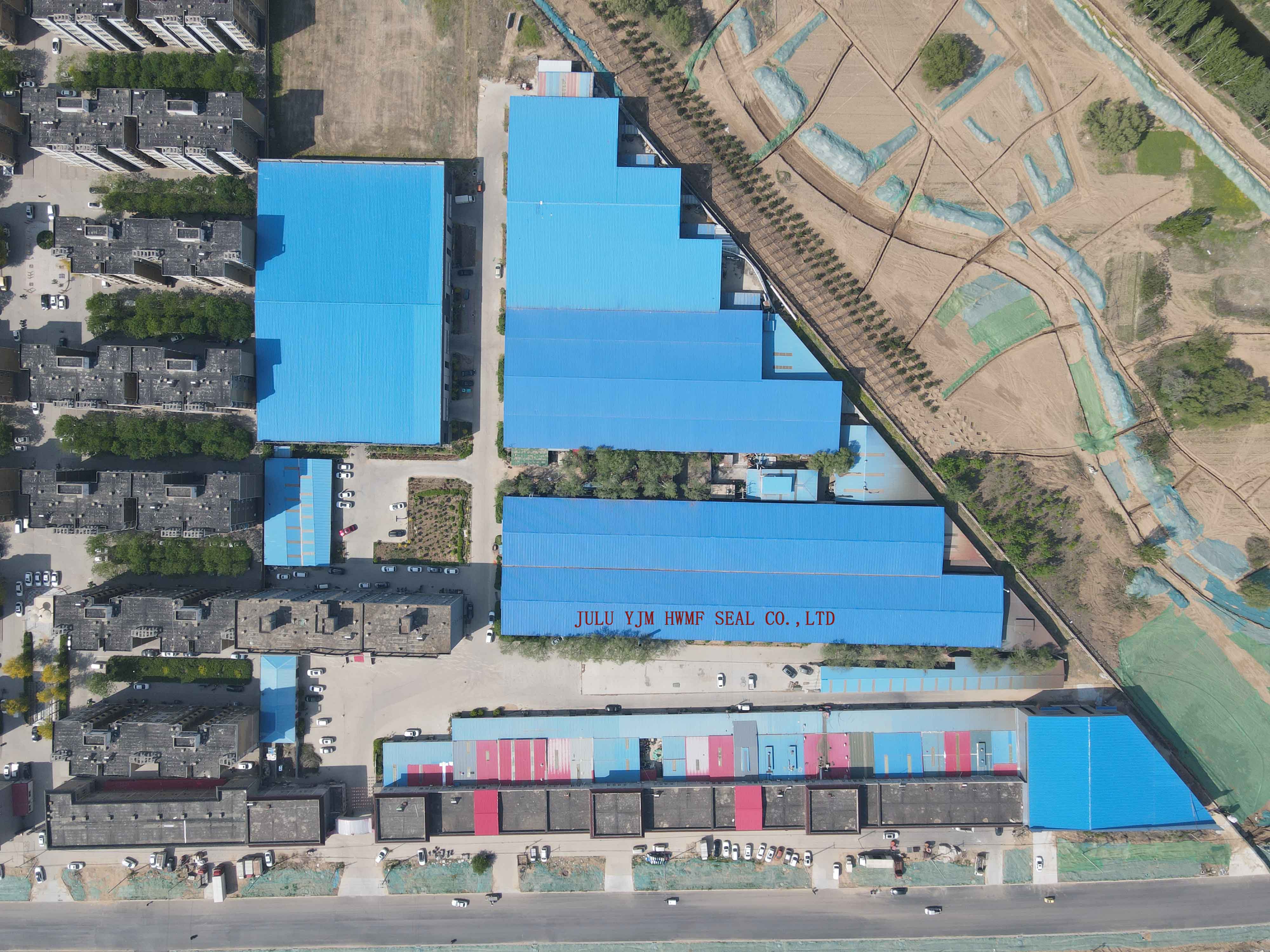o ring x ring
Understanding O-Rings and X-Rings Essential Sealing Solutions in Engineering
In the world of engineering and manufacturing, sealing solutions play a crucial role in ensuring the integrity and functionality of various systems. Among the most prevalent sealing components are O-rings and X-rings. These two types of gaskets are vital in preventing leaks, maintaining pressure, and ensuring that machinery operates smoothly. This article aims to explore the characteristics, applications, and advantages of O-rings and X-rings, shedding light on their importance in modern engineering.
O-Rings The Staple of Sealing Solutions
An O-ring is a circular, donut-shaped piece of material, typically made from elastomers such as rubber, silicone, or fluorocarbon. Its simple design belies its essential functionality; when compressed between two mating surfaces, an O-ring creates a seal that effectively prevents the escape of fluids or gases. O-rings are widely used across various industries, including automotive, aerospace, oil and gas, and pharmaceuticals.
One of the primary advantages of O-rings is their versatility. They can be manufactured in a multitude of sizes and materials, enabling engineers to choose an O-ring that best suits their specific application. Additionally, O-rings can withstand a broad range of temperatures, pressures, and chemical exposures, making them suitable for both low and high-stress environments.
X-Rings A Step Up in Performance
While O-rings have proven to be effective sealing solutions, X-rings, also known as quad rings, offer enhanced performance characteristics for certain applications. An X-ring features a unique, four-lobed design that provides additional sealing surfaces compared to the traditional O-ring. This design innovation allows X-rings to distribute stress more evenly and create a more effective seal.
o ring x ring

One of the primary benefits of X-rings is their ability to perform better in dynamic applications, where the sealing component experiences movement or vibration. The X-ring's design reduces the risk of rolling, a phenomenon where an O-ring can shift out of place due to excessive motion. This makes X-rings particularly advantageous in applications such as hydraulic cylinders, pumps, and rotating seals, where movement is consistent and significant.
Furthermore, X-rings often exhibit less friction and wear compared to O-rings, contributing to longevity and reliability in mechanical assemblies. With their improved sealing performance and durability, X-rings are increasingly being adopted in various industries, including automotive, aerospace, and industrial machinery.
Applications and Considerations
Both O-rings and X-rings can be utilized in a wide array of applications, including fluid power systems, gas seals, and pressure vessels. Their suitability for both static and dynamic sealing situations allows engineers considerable flexibility in design and functionality. However, choosing between O-rings and X-rings depends on specific criteria such as the nature of the application, the materials involved, and the conditions under which the sealing component will operate.
For instance, in situations where high levels of movement or vibration are expected, X-rings may be the preferable choice due to their enhanced sealing capabilities. On the other hand, in static applications where cost and simplicity are paramount, O-rings may suffice.
Conclusion
In summary, O-rings and X-rings play essential roles in modern engineering, offering reliable sealing solutions tailored to different applications. While O-rings remain a staple due to their simplicity, versatility, and wide-ranging compatibility, X-rings provide advanced performance benefits that can significantly enhance the effectiveness of seals in dynamic environments. Understanding their characteristics, applications, and advantages allows engineers and manufacturers to make informed decisions about which sealing solution best meets their needs, ensuring optimal performance and durability in their systems. As technology continues to evolve, the development of new materials and designs for these critical components will likely further expand their potential applications, contributing to innovations across various fields of engineering.
-
The Ultimate Guide to Car Repair Kits: Tools and Essentials Every Driver Should Own
News Aug.01,2025
-
The Complete Guide to Oil Pan Gaskets: Sealing Engine Leaks the Right Way
News Aug.01,2025
-
Preventing Oil Leaks: A Complete Guide to Oil Pan Gaskets and Drain Seals
News Aug.01,2025
-
Everything You Need to Know About Oil Pan Gaskets and Drain Plug Seals
News Aug.01,2025
-
Essential for Car Owners: How to Use a Car Repair Kit to Deal with Minor Breakdown
News Aug.01,2025
-
Comprehensive Guide to Engine Oil Sump Gaskets and Related Seals
News Aug.01,2025
-
The Ultimate Guide to Boat Propeller Bearings and Trailer Wheel Bearings
News Jul.31,2025
Products categories















